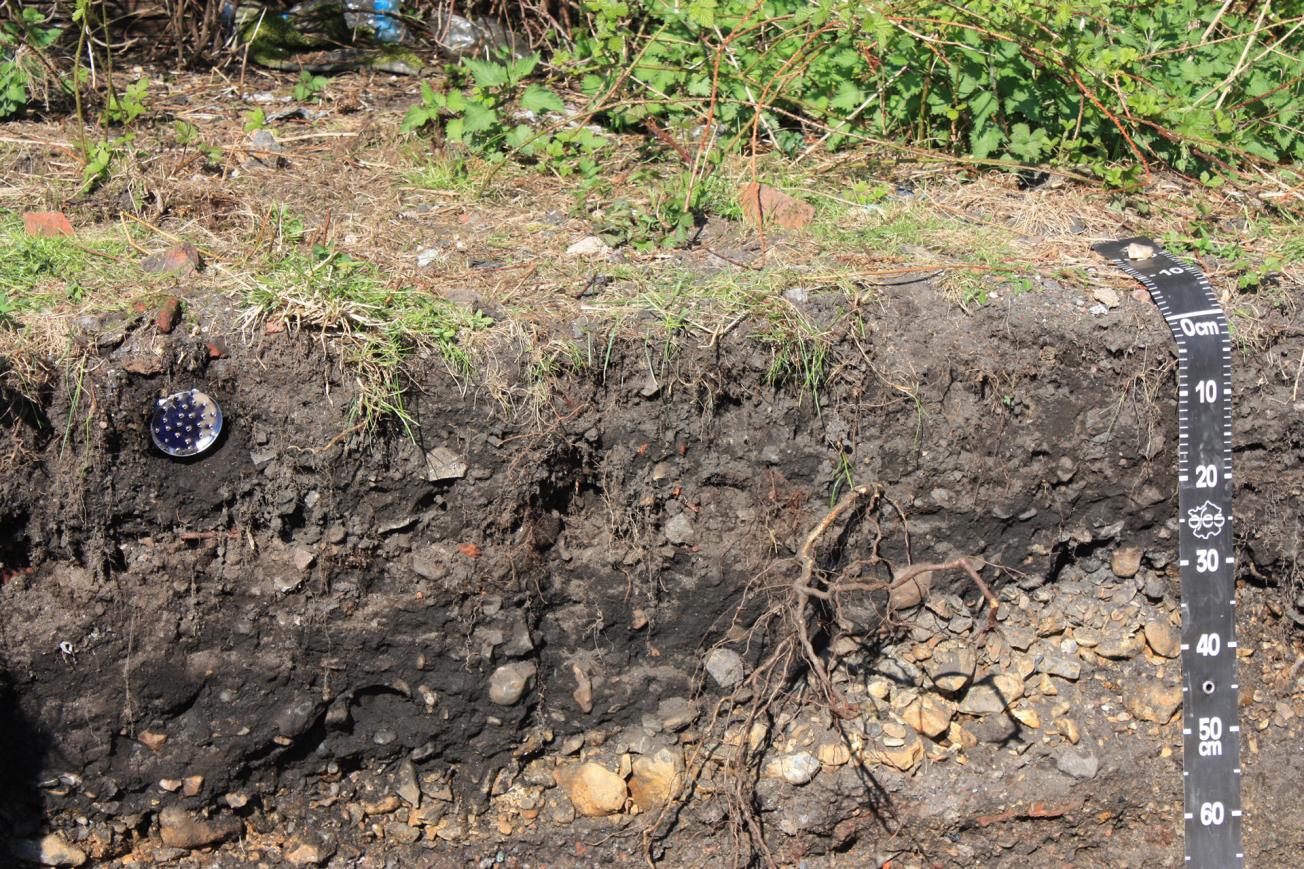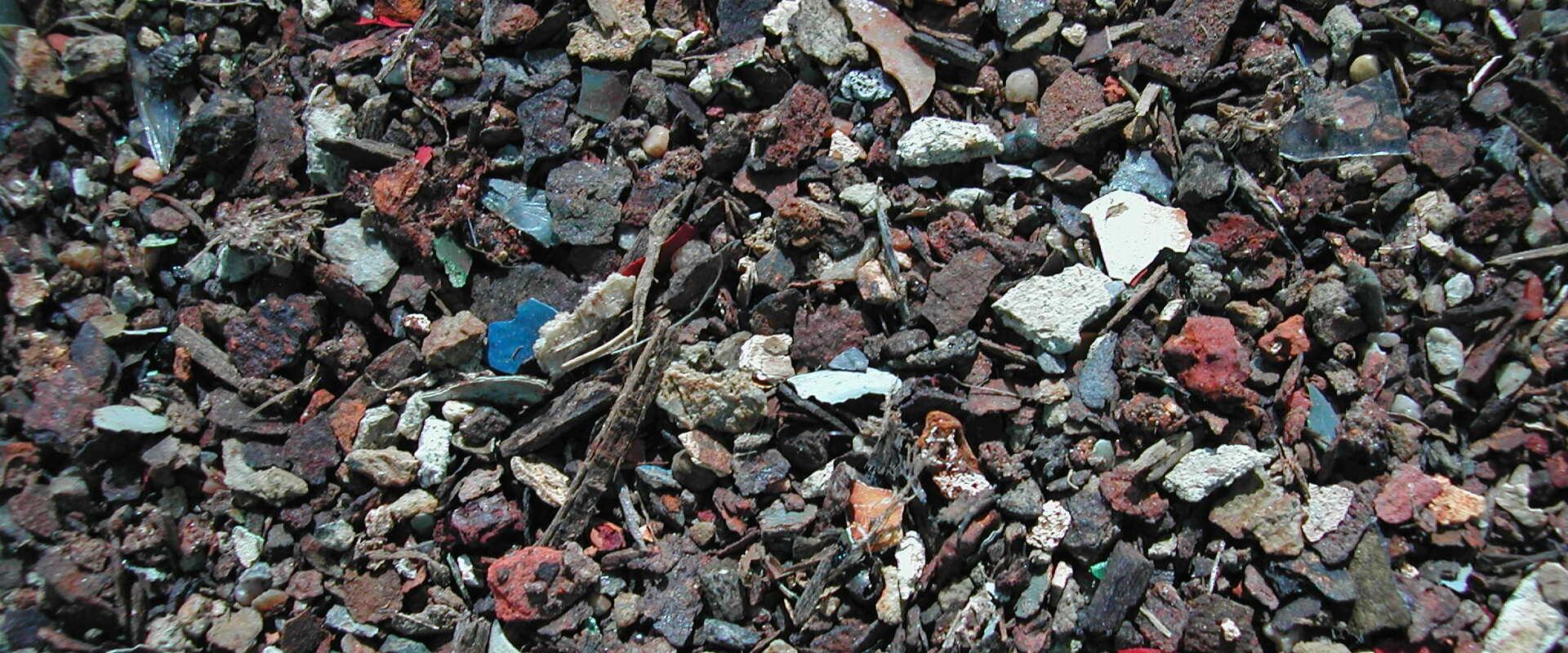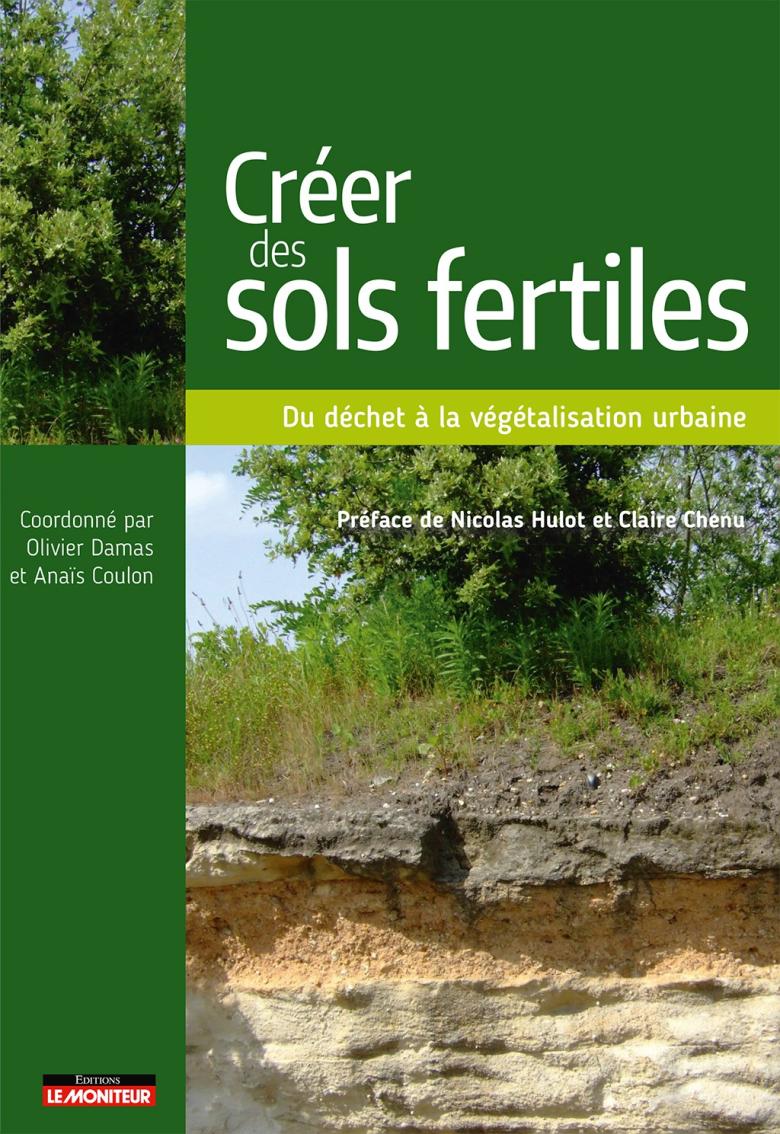
Sampling of the surface horizon of a 100-year-old technosol developed on metallurgical slag (Nord-Pas-de-Calais, France).
© BRGM
This work opens up new perspectives for urban greening, the circular economy and the sustainable city. The findings have been published in a book entitled “Créer des sols fertiles : du déchet à la végétalisation urbaine” (Creating fertile soils: from waste to urban greening) and will be presented at a conference to be hosted in Paris on 23 March 2017 by the programme coordinator, the Plante & Cité technical centre.
The SITERRE programme is original in that it is based on the circular economy principle. It investigates the potential of urban recycled materials as an alternative to topsoil and quarry aggregates for urban greening.
Every year, as shown by Plante & Cité, more than 3 million cubic meters of topsoil and aggregates are imported into urban areas for plant beds to flourish and for the design of public spaces. These non-renewable raw materials are becoming increasingly scarce and costly to source from an economic and environmental perspective, because deposits can be located far away. At the same time, thousands of tonnes of potentially recyclable materials generated by urban activities and the demolition of buildings are exported and stored outside cities (although 50% of construction waste is recovered, 58 million tonnes of earth and stones still end up in storage facilities, as reported by the French Ministry of the Environment).
For 5 years, the SITERRE programme partners have been developing a scientific method for the construction of fertile soils, which draws on multiple areas of expertise, such as geology, soil physics, chemistry, ecotoxicology, pedology and the study of waste materials. A soil designed in this way combines different horizons, which are designed to have specific properties. Using modelling, these horizons are formed from different soil mixes with optimal properties. The work has successfully identified and characterised 11 mineral and organic materials with greater potential nationally in terms of the volume, intrinsic quality and safety of deposits.
This list reflects the diversity of recyclable products available in urban soils, including shredded green waste, waste from street sweeping, pulp and paper mill sludge, sewage sludge, co-compost from green waste and sewage sludge, uncontaminated excavated earth from deeper soil horizons, brick rejects, crushed concrete, used railway ballast and building demolition waste.
The protocol tested by the SITERRE programme demonstrates that it is feasible to produce fertile soils: plants and trees can be planted in soils that have just been implemented, provided a specific procedure is followed by skilled professionals. Early soil formation has been shown to occur in the first few months, with the formation of aggregates. Such soils do not pose a major risk to human health or the environment. However, health and environmental aspects need to be clarified and refined through the identification of additional characteristics.
A cost review of the research programme shows that the implementation of such soils has the potential to be relatively and even very cost-effective when compared with current practices. The setting-up of pilot sites in actual design projects is one of the project’s future applications. This will enhance the acquisition of scientific and practical knowledge and serve to demonstrate what is possible.
The SITERRE programme has also found that the regulatory framework for the use of recycled materials in soil construction is inadequate. This needs to be clarified quickly, given the issues raised and the number of development projects in the pipeline.
Two options are available to disseminate the programme findings to as many people as possible:
- A book. Olivier Damas (coord.), Anaïs Coulon (coord.), 2016. Créer des sols fertiles : du déchet à la végétalisation urbaine (Creating fertile soils: from waste to urban greening). Published by Le Moniteur, Antony, 336 pp. (EAN: 9782281140965). Preface by Nicolas Hulot and Claire Chenu. Order online on the Editions du Moniteur website (€49).
- A national conference for disseminating the findings: “Creating soils for urban greening: from waste to fertile soils.” Thursday 23 March 2017 in Paris - AgroParisTech, Rissler amphitheatre, 16 Rue Claude Bernard, 75005 Paris. Registration opens in January 2017. Programme available on the Plante & Cité website.








